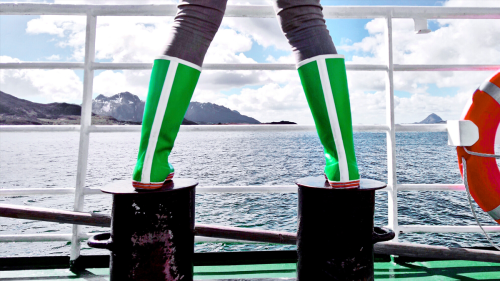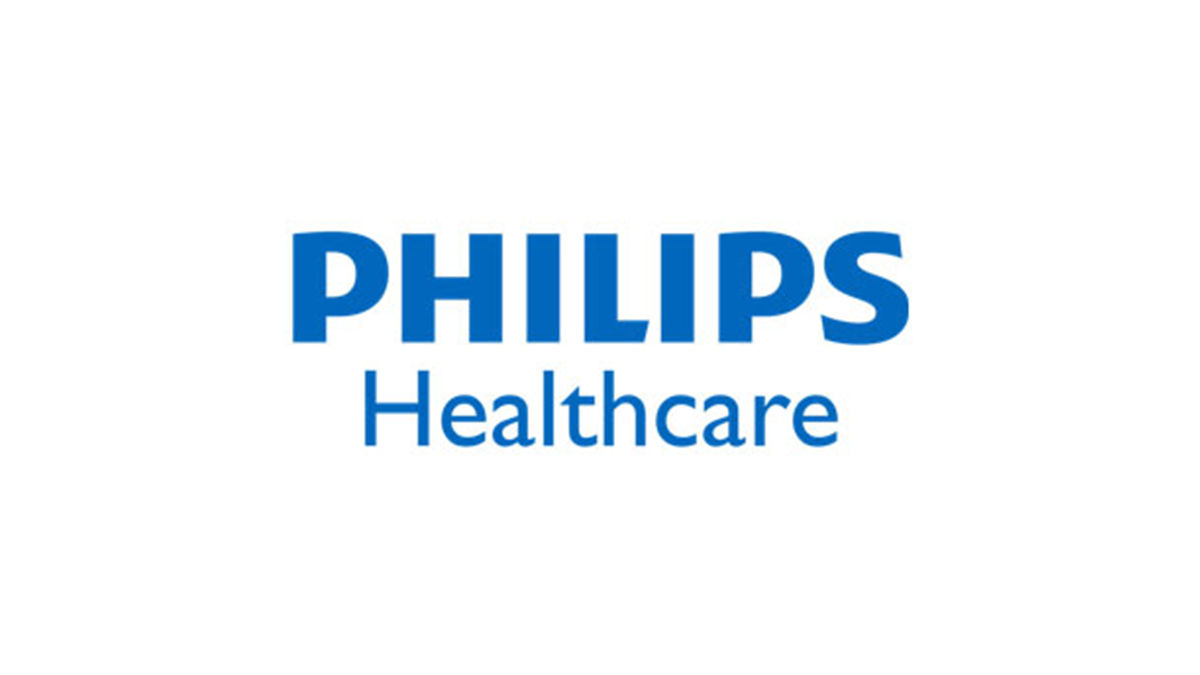Sustainability-linked success
For a product that didn’t even exist four years ago, the sustainability-linked finance business is booming. More and more companies are seeing the benefits of linking their financing to their efforts to protect the planet and its people.

So far this year, ING has closed 54 ‘green’ transactions already, of which 18 are specifically linked to the client’s sustainability performance. To put that into perspective: the total number of green and sustainability-linked loans, bonds and investments in 2020 was 139. And we’re only in April. So why are companies rushing to link their financing to their sustainability performance?
“Throughout the coronavirus pandemic we’ve seen sustainability feature more and more in our clients’ strategic decision-making. There’s lots of talk about building back better. More focus on resilience. Sustainability-linked instruments are a way for companies to show they’re on a transition pathway to a more sustainable business model,” says Leonie Schreve, ING’s global head of Sustainable Finance.
Leading the way
ING was the first bank to link financing to how well a company performs on sustainability. Where ‘traditional’ green financing is used to fund projects with clear climate or social benefit, sustainability-linked loans incentivise companies to take action to lower their own environmental impact by offering them more favourable loan terms if they meet ambitious, pre-agreed sustainability targets that are explicitly linked to the loan.
The very first sustainability-linked loan was one ING made to Philips back in 2017. Back then, not many companies understood the benefits of integrating their sustainability efforts with their financing; now everyone’s got the message.
Prominent deals
Take FrieslandCampina, the world’s largest dairy cooperative. In March, it committed to reducing the greenhouse gas emissions of its member farms and making it easier to trace raw materials such as palm oil and cocoa. In return, ING will lower interest rates on a €300 million sustainability-linked loan for each year it meets its targets.
Similarly, tea and coffee company JDE Peets, whose brands include Douwe Egberts and Pickwick, linked its recent refinancing – for which ING was joint sustainability coordinator – to its sustainability ambitions. These include sourcing responsible coffee, supporting smallholder farmers and reusable packaging.
Other prominent sustainability-linked deals for ING this year include a $658 million loan to global logistics provider GLP – the biggest yet in Asia Pacific (excluding Japan). We also closed our first transaction in the shipping sector, where we’re supporting Singapore tanker company Hafnia to lower its emissions in line with the Poseidon Principles. And in the US we’ve done deals for data centres, telecoms and energy companies, particularly ones wanting to transition from fossil fuels.
Not forgetting the world’s largest-ever sustainability-linked loan, a $10.1 billion revolving credit facility for brewer AB InBev, which ING had a leading role as joint sustainability coordinator. The five-year loan, also the first of its kind in its sector, has a built-in pricing mechanism that incentivises the company to improve its water efficiency, recycle more PET packaging, use more renewable electricity and reduce its greenhouse gas emissions.
The explosion of sustainability-linked financing is everywhere, in all sectors. And it’s not just loans. There’s also growing interest in sustainability-linked bonds.
Opportunities galore
As society increasingly looks to business to take the lead in preventing a climate catastrophe, there’s a growing desire for companies to be more transparent and accountable about their efforts. With sustainability-linked instruments companies can show they’re putting their money where their mouth is. The European Commission’s Green Deal regulation will further fuel the trend for transparency, not only for our clients, but for ING too. Starting next year, banks will also need to disclose the 'green' asset ratio of their balance sheet and their progress in meeting environmental and social criteria.
Here we’re leading the way with our Terra approach, which is our commitment to steer our €600 billion loan book towards the Paris climate goals. Of the four banks that signed the Katowice Commitment in 2018, which then laid the groundwork for the Collective Commitment to Climate Action in 2019, ING is the only one to have disclosed a second progress report on all sectors. We’re also the only bank so far to disclose our targets and progress in all of the nine sectors most responsible for climate change. Most are on track for alignment, with progress still needed in some.
What’s next?
The growing prominence of sustainability in company boardrooms and decision-making opens up the way for us to have a much more strategic dialogue with our clients. We can advise them on their transition plans, on where to invest and divest, and connect them to strategic products like the mergers and acquisitions market and corporate finance, in particular linked to achieving their sustainability targets.
Each sustainability-linked loan is tailored specifically for that client. The targets we set are ambitious so we can be sure they’ll have a real impact. Too low, and it could be seen as ‘greenwashing’. By setting the standard high, we’re protecting the credibility of the entire sustainability-linked market, for which there is currently a voracious appetite among companies and investors alike.



